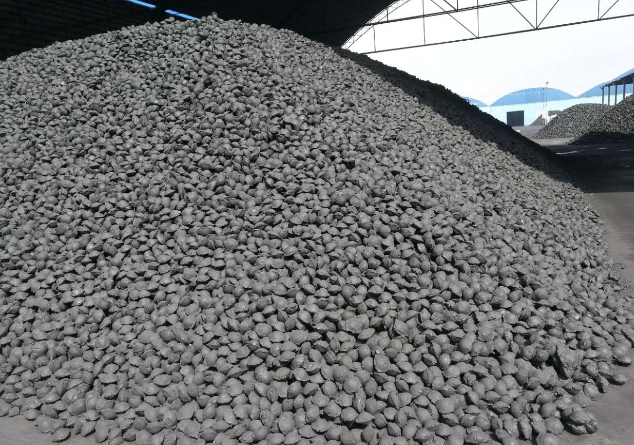
The principal function of electrode paste is to provide a carbon-rich material that conducts electricity and maintains the highest temperatures in the metallurgical process. It is produced by a series roasting and baking process in electric thermal ovens made of calcium carbide or ferroalloy ore. Making electrode paste is a complicated procedure that involves a variety of important components. Extrusion, mixing, and kneading are a few of the most important elements. Many additives are offered to boost the efficiency and quality.
It is vital to pick the best materials for making electrode paste. This is especially true for metallurgical coke, which contributes for the electric conductivity in the paste. The coal tar pitch also plays a role in the formulation, since it is an adhesive that bonds the carbon particles and enhances their flexibility. The powder can be improved by making it more uniform by kneading or extrusion.

Calcination is necessary to transform ingredients into electrode paste. This is a high temperature heating process. This is done to increase the conductivity of materials and their sinterability. This process removes unstable elements and allows the materials to be more stable.
Coke metallurgical, coal tar pitch and additional additives are blended to create the electrode paste. The mix is then cut into cylinders, eggs, briquettes, or blocks, dependent on the kind of product and its application. During this process, the raw materials are roasted then baked and removed to obtain the required quality. The finished paste may be air-vacuuumed to remove any volatile liquids.
At the end of the process, the electrode paste is then melted in the smelting furnace in order to create the final product. Self-baking electrodes created are being moved through the column of the furnace during its operation. The electrode paste is then placed inside the form of a cylinder. The electrode cylinder is moved downwards, it is baked and softens. This forms a solid carbon electrode that is able to conduct electricity, and withstands the extremely high temperatures generated by the process. The electrode paste must be strong enough to resist the extreme high temperatures. Therefore, it is essential that preventative measures are taken to make sure the paste can endure heat as well as be immune to thermal shock. This can be achieved by applying quality control methods. The electrode paste should be analyzed before it is used to make sure that it is in compliance with all of the necessary specifications.

Write a Message